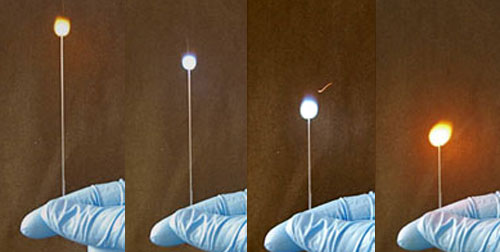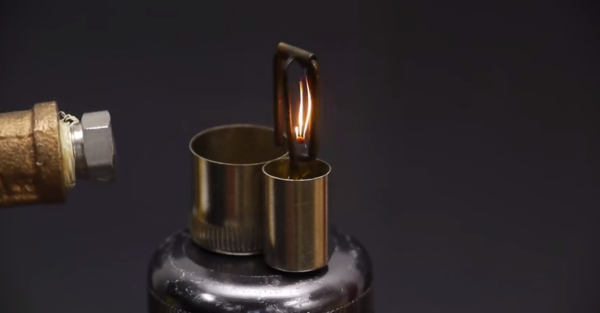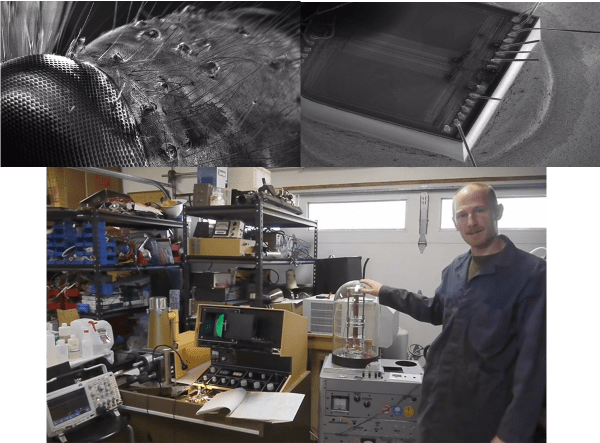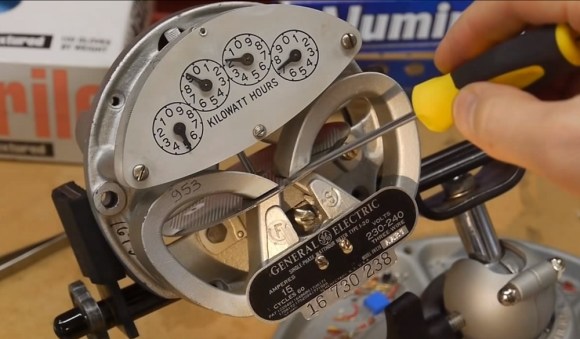On Thursday night Hackaday hosted an event in San Francisco to commemorate the launch of the 2014 Hackaday Omnibus. Our first print edition, compiled to commemorate some of the finest original content which we published last year should begin shipping as early as today. To celebrate the occasion, we were graced by a full house of amazing guests. Is it lame to say some of the people I respect most in the world were there?
Lightning Talks
Whenever you get a lot of people together, a good rule of thumb is to seize the opportunity to have them speak about what they’re doing. It’s not a big “ask” either; 8-minutes on what you’re passionate about is pretty simple.
[Jonathan Foote] gave a talk on generating RGBY colors from Hue. The project is ongoing but explores the concept of mixing colors of light with one additional source added to traditional red, green, and blue. [Priya Kuber] recently moved to San Francisco. She recently concluded more than a year of standing up the Arduino office in India (relevant but unrelated video). Her talk covered the emerging maker/hacker hardware scene in India which is showing amazing growth. [Chris McCoy] demonstrated his Raver Rings which began a Kickstarter on the same day. [Elecia White] of embedded.fm spoke about the educational opportunities that podcasts and other delivery medium provide and the responsibility we all have to guide our continued learning. [Emile Petrone] talked about an upcoming feature for his site Tindie which will add manufacturer information and ratings to the mix. And rounding things out [Dave Grossman] gave a talk on his Virtual Carl project which used video footage of his grandfather, combined with a Raspberry Pi and peripherals to create a remembrance of the man in virtual form.
Demos
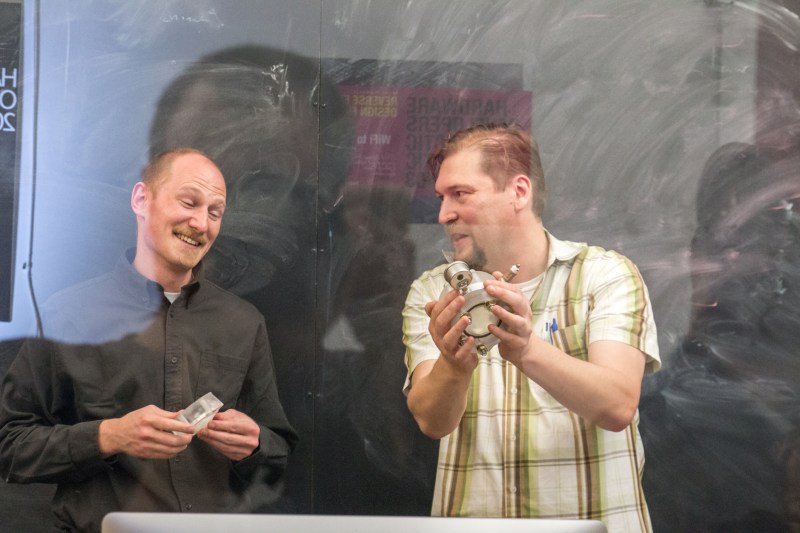
He also showed off a lens that can be focused electronically. This is not mechanical, there are zero moving parts. Instead a droplet of oil floating in water is the lens. A 75V, AC power supply pulls on the droplet, altering the meniscus to focus the lens. He didn’t fabricate the device from scratch, but the concept is completely new to us and quite interesting.
![[Brian Benchoff] poses with Othermill hardware](https://hackaday.com/wp-content/uploads/2015/02/img_4672.jpg?w=800)
Cocktail Hour
The rest of the evening was devoted to conversation on all topics. Get enough hardware geeks in one room and they’ll solve the world’s problems, right? That’s a conversation for another post.
Couldn’t make it to this one but still in the San Francisco area at least occasionally? We held this at the Supplyframe office. They host a ton of great events like the Hardware Developers Didactic Galactic.
[Thanks to Richard Hogben for the photos!]


![MVI_4675-1 [David Grossman]](https://i0.wp.com/hackaday.com/wp-content/uploads/2015/02/mvi_4675-1.jpg?w=276&h=156&ssl=1)
![IMG_4709 [Chris McCoy]](https://i0.wp.com/hackaday.com/wp-content/uploads/2015/02/img_4709.jpg?w=276&h=184&ssl=1)
![IMG_4694 [Emile Petrone]](https://i0.wp.com/hackaday.com/wp-content/uploads/2015/02/img_4694.jpg?w=516&h=344&ssl=1)
![IMG_4686 [Elecia White]](https://i0.wp.com/hackaday.com/wp-content/uploads/2015/02/img_4686.jpg?w=530&h=353&ssl=1)
![IMG_4665 [Jonathan Foote]](https://i0.wp.com/hackaday.com/wp-content/uploads/2015/02/img_4665.jpg?w=262&h=175&ssl=1)
![IMG_4652 [Priya Kuber]](https://i0.wp.com/hackaday.com/wp-content/uploads/2015/02/img_4652.jpg?w=262&h=174&ssl=1)
![IMG_4634 [Sophi Kravitz]](https://i0.wp.com/hackaday.com/wp-content/uploads/2015/02/img_4634.jpg?w=396&h=264&ssl=1)
![IMG_4600 [Mike Szczys]](https://i0.wp.com/hackaday.com/wp-content/uploads/2015/02/img_4600.jpg?w=396&h=264&ssl=1)

















